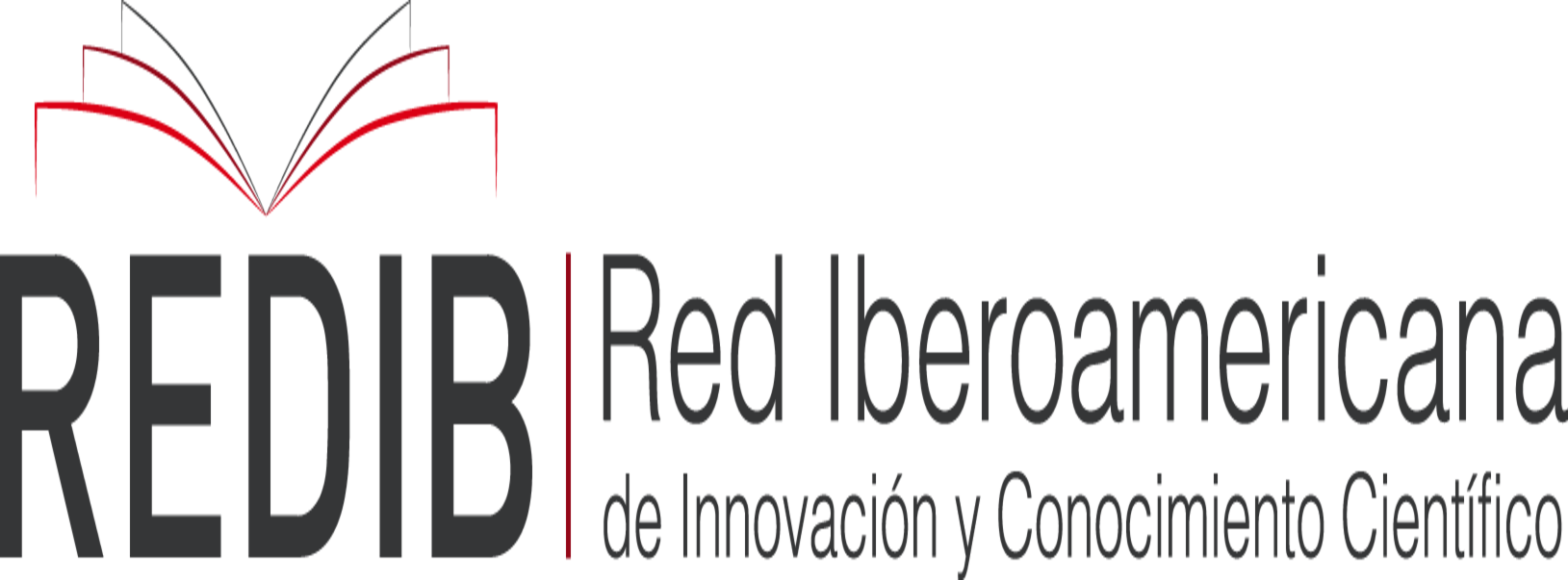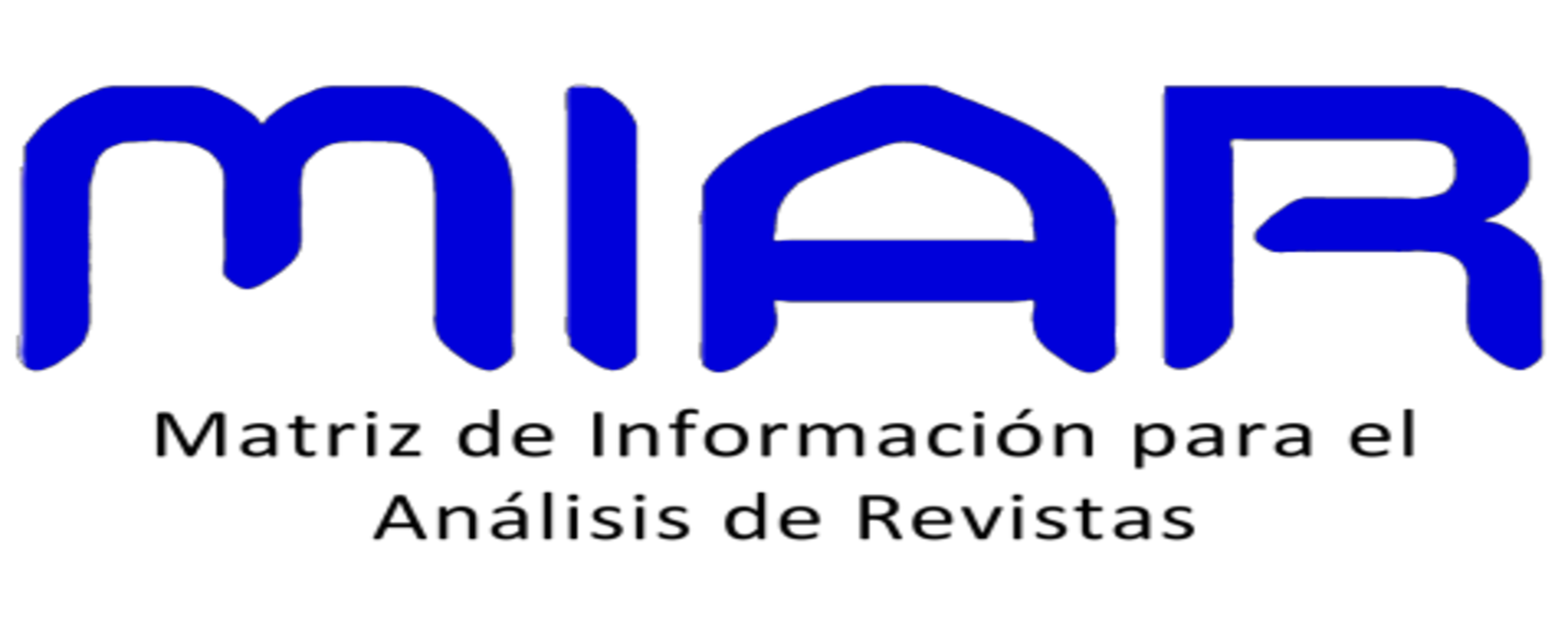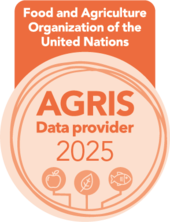Simulación Matemática del intercambio y transporte de los gases (O2 y CO2) en los alvéolos del pulmón humano en maniobras normales y forzadas
DOI:
https://doi.org/10.17268/manglar.2013.005Abstract
La respiración incluye varios mecanismos en la captación de oxígeno y eliminación de bióxido de carbono en el pulmón; simplificando el transporte de gases en los pulmones a un compartimiento y con ventilación regional igual en los alveolos, los modelos no reflejan con realismo como se genera un espirograma. Se simula el intercambio y transporte de gases (O2 y CO2) en los alvéolos, utilizando la distribución regional en paralelo desde el ápice a base; además, se considera la inhomogenidad alveolar. Se plantearon maniobras forzadas para validar los supuestos del modelo; se realizaron mediciones en cinco sujetos entre hombres y mujeres, como son: volúmenes, capacidades pulmonares y frecuencia respiratoria; luego se registraron las fracciones de gases espirados en diferentes maniobras respiratorias en diferentes volúmenes y capacidades pulmonares. En la simulación a través del modelo de convección-difusión se introdujo la separación de las generaciones para el proceso de transporte y se aplicó a las siete regiones (ápice-base). El modelo mostró la dilución del CO2 y la concentración del O2; al realizar la maniobra forzada desde el CRF, las regiones basales tuvieron mayor dilución, lo contrario sucedió con el O2. La primeras 9 generaciones es para la convección y las cinco últimas generaciones para la difusión en el modelo anatómico de Weibel. Se concluye que el modelo propuesto permite explicar no solo una respiración normal, sino también para diferentes maniobras respiratorias forzadas, mostrando que la formación de los espirogramas de O2 y NCO2 es consecuencia del vaciamiento no uniforme de las regiones apicales y basales del gas que fue diluido en las generaciones proximales en el que se produce la convección-difusión.
Downloads
References
Caucha L. J. J. Cruz and J. Melendez. 2011. Modeling exhaled gases after a tidal breath of air to remark the difference between the inhaled Oxygen and the exhaled Carbon Dioxide. Am J Respir Crit Care Med. 183: A4180
Caucha L. J. J. Cruz and J. Melendez. 2012 Simulation of apneas at the end of argon inhalation using seven parallel regions of the lung. FASEB J. 26:1082.1.
Caucha L. J. J. Cruz and L. Rueda. 2010. Modelling a CO2 expirogram obtained with a forced expiratory maneuver. FASEB J. 24: 1063.5.
Caucha L. J. J. Cruz and Rueda L. 2009. New method of calculating alveolar CO2 transport, FASEB J. 23: 1037.2.
Caucha L. J. J. Cruz and Rueda L. 2008. Model simulation of expired CO2 from its alveolar distribution in parallel and series models. FASEB J. 22:763.6.
Caucha L. J. J. Cruz and Rueda L. 2007. Model estudy of three inspiratory flows upon the alveolar CO2 stratification. FASEB J. 21:609.6.
Cruz J. C., L. Caucha and L. Rueda. 2006.The gas inhaled during inspiration does not reach the residual volumen in the first 2s of the inspiratory maneuver. FASEB J. 20: 767.5.
Cruz J. C. 2007. Fisiología Respiratoria. Lima: Centro de enseñanza e investigación.
Cruz J. C. 1991. A combined parallel and series distribtion model of inspired insert gases. Respir Physiol. 86:1-14.
Cruz J. C. D. Jeng, D. Han, G. Wu, and X. Flores.1997. Ventilation inhomogeneities and mixed venous blood N2 in multibreath N2 Washout. Respir Physiol. 110:47-56.
Cumming G., K. Horsfield, J. Jones, and D. Muir. 1967. The influence of gaseous diffusion on the alveolar plateau at different lung volumes. Respir Physiol. 2:386-398.
Holland J., J. Milic-Emili, P. Macklem and D. Bates. 1986. Regional Distribution of pulmonary Ventilation and Perfusion in Elderly Subjects. J Clinical Inves. 47:81-92.
Jeng D. R. G. Wu G, J. Cruz, D. Han and X. Flores 2000. Diffusion-convection equation solved in parallel regions of the lung. Ann Biomed Eng. 28:453-462.
Milic- Emili J., J. Henderson, M. Dolovich, and K. Kaneko. 1996. Regional distribution of inspired gas in the lung. J Appl Physiol. 21: 749-759.
Murphy T. 1969. Modeling of lung Gas Exchange Mathematical Models of the lung: The Bohr Model, Static and Dynamic Approaches. Mathematical Biosciences. 5:427-447.
Paiva M. 1973. Gas transport in the human lung. JAppl Physiol. 25:401-410.
Peterman B. F., and A. Longtin 1984. Multicompartment Model of Lung Dynamics. Comput Biomed Res. 17:580-589.
Sikand R., Cerretelli P. and Farhi. L. E. 1996. Efectsof VA and VA/Q distribution and of time on the alveolar plateau. J Appl Physiol. 21:1331-1337.
Scherer P., S. Gobran, S. Aukburg, J. Baumgardner, R. Bartkowski, and G. Neufeld. 1998. Numerical and experimental study of steady-state CO2 and inert gas washout. J Appl Physiol. 64:1022-1029.
Scherer P., L. Shendalman, C N. Green. 1972. Simultaneous difusión and convection in single breath lung washout. Bull Math Biophys. 34:566-574.
Sutherland P. W., P. Katsura, and J. Milic-Emili. 1986. Previous volumen history of the lung and regional distribution of gas. J. Appl Physiology. 25:566-574.
Weibel. E. R. 1963. Morphometry of the human lung. Berlin:Springer.
West J. B. and C. Dollery C. 1960. Distribution of blood flow and ventilation-perfusion ratio in the lung, measured whith radioactive CO2. J Appl Physiol. 15:405-410.
Autor para la correspondencia: ljcaucham@untumbes.untumbes.edu.pe (Luis Caucha Morales)
Downloads
Published
Issue
Section
License

Manglar is an open access journal distributed under the terms and conditions of Creative Commons Attribution 4.0 International license









